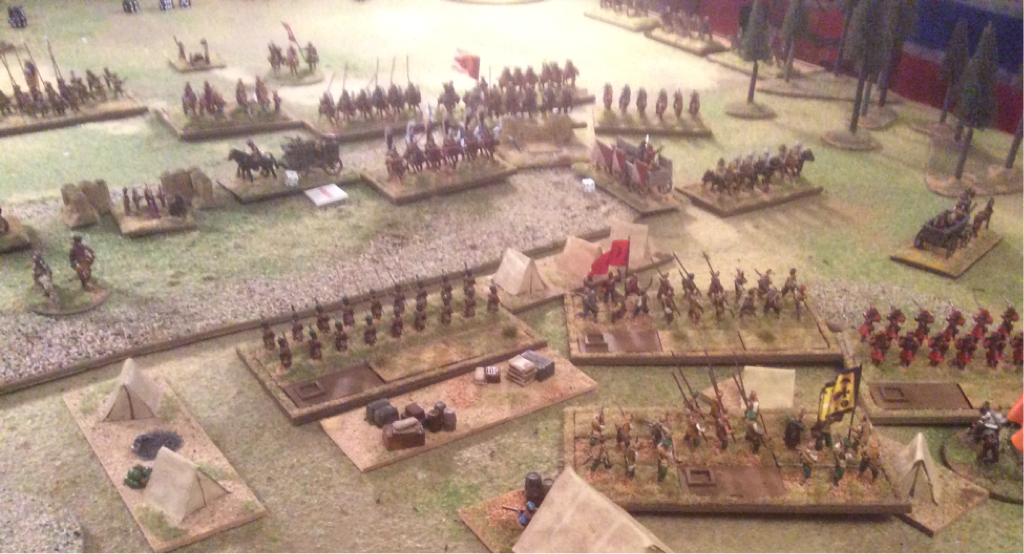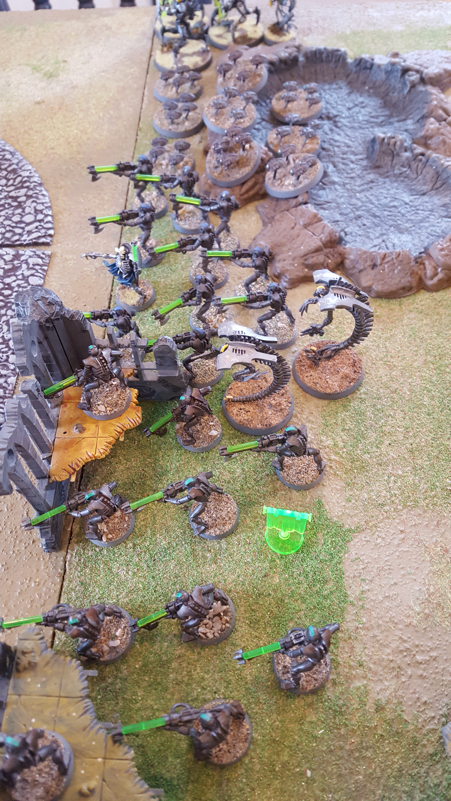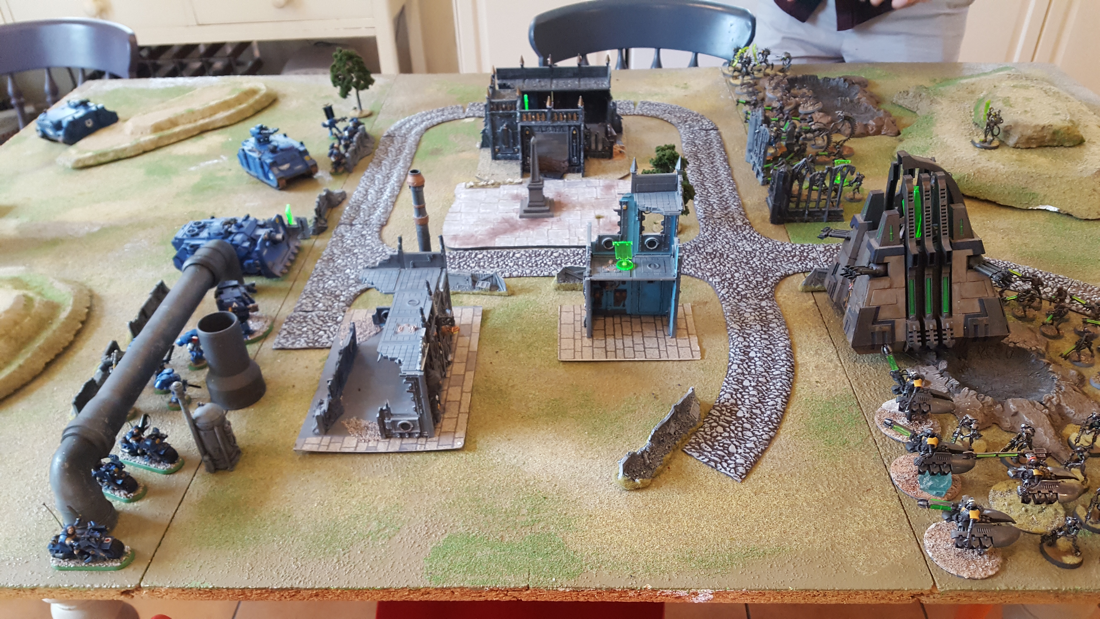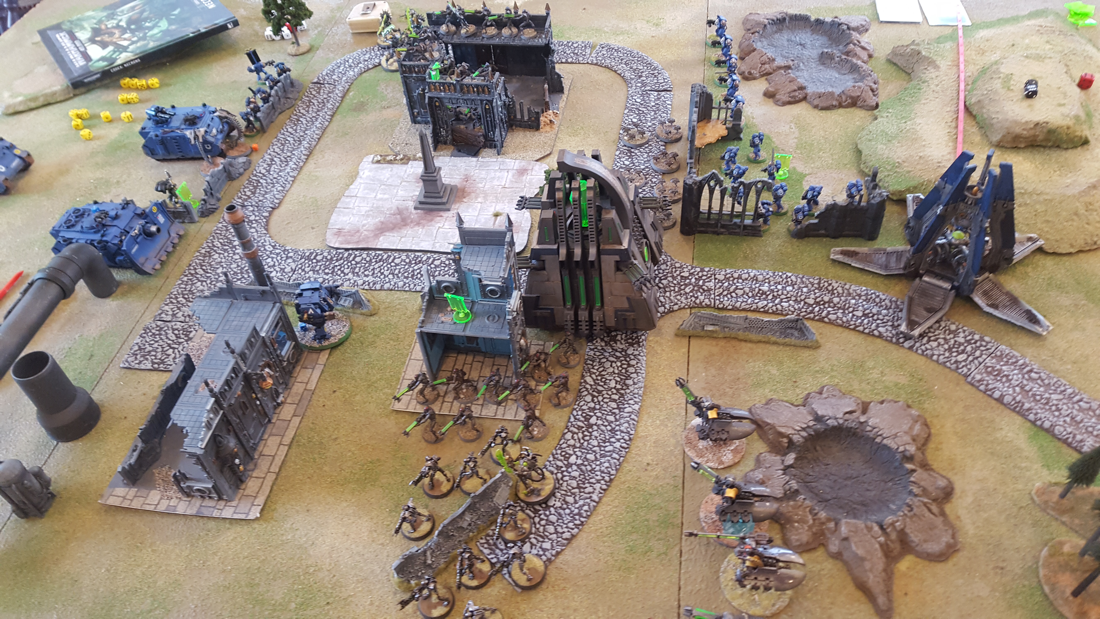|
This has been a great weekend, with two games and a trip to Warfare 2016 in Reading, UK. It is my favourite show, with a good balance of traders, demonstration games and competitions. I picked up some new ECW and Ancients rules; a Rubicon Stug for Bolt Action and some animals to decorate my tables. I was keeping an eye out for a gaming cloth but curiously, couldn't find any. Over the past two years, Cigar Box battlemats seemed to be everywhere but they just weren't visible this time. Perhaps mail order for these things is so straightforward these days that traders don't find it worth stocking. I was pleased to see that Kingdoms, the supplement for the Tercios rules, has been translated into English. Thus book has stats for the ECW and for Eastern Europe. I hope it leads to more English speakers getting to know these excellent rules. On Saturday evening Keith and I played the battle of Słobodyszcze, 7 October 1660, using Tercios. Keith took the Cossack army, attacked while in camp by a smaller but high quality Commonwealth force that I commanded. I will add the scenario to the 1660 page on this website. Tercios has several original mechanics that really work well for a 16-17th century game. Units are given order cards each turn that they may use either to carry out the main order or to react to enemy action. The quality of a unit is reflected by the number of dice it receives for each function (discipline tests, shooting, Melee, Courage) while the target number required for each die is determined by the relative situations of the units interacting. Thus, pikemen are harder to hit with cavalry than musketeers are. Artillery fire is unpredictable but when it hits its target, it can cause serious disorder. Commanders are able to influence the flow of the game by interfering with unit orders and by adding support to units in action. I find the rules for commanders as written to be over complicated and a bit artificial, so we played a slightly streamlined version last night. It worked well I think. The game began with the Polish Centre and Left assaulting the Cossack front line, with mixed results. A Hussar unit destroyed one Cossack wagon, while a nearby Pancerni unit bounced off another wagon. Meanwhile, Keith brought his second line Infantry up, to stop the Poles from advancing down the flanks of the Cossack position. After some gruelling duels, the Cossack first line was breached. Cossack losses rose faster than Polish, as the attackers were able to withdraw vulnerable units to recover but the Cossacks had less scope to catch their breath. At the end of turn 6 Cossack losses had crept so far ahead that the game ended then, with a decisive victory for the Poles. However! Coming up behind the Cossack front was a solid line of Cossack foot, very capable of carrying on the fight. We had reached nearly midnight by now so agreed to abide by the written victory conditions, but we both felt the Poles had suffered enough attrition to give a Cossack counterattack a very good chance of succeeding.
Keith went home with my summary account of the real battle. It is satisfying to see that our game followed the history quite faithfully. After at first breaking in to the Cossack camp, the Poles were repulsed by a counterattack and despite further attempts, were unable to repeat their initial success. This was a tense and exciting game, in which Keith showed his customary grit by refusing to leave the initiative in Polish hands. The rules worked smoothly and made every turn engaging. Now, what next? I am tempted by Radziwill's Kiev campaign of 1651. But the 1660 sources contain material for at least a couple more scenarios.
5 Comments
Roman Pronyszyn
20/11/2016 08:00:40 pm
Sounds like a good game - inspired me to go back and finish off my Cossack army
Reply
Tim Simmons
22/11/2016 05:48:58 pm
Thanks Roman
Reply
22/11/2016 04:34:12 pm
Hello Tim
Reply
Tim Simmons
22/11/2016 05:47:04 pm
Thanks for your comments Robert.
Reply
22/11/2016 10:28:16 pm
Hi Tim
Reply
Leave a Reply. |
Archives
November 2023
Categories
All
|








 RSS Feed
RSS Feed